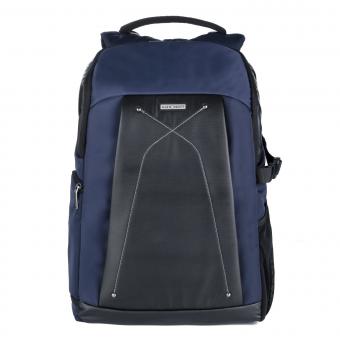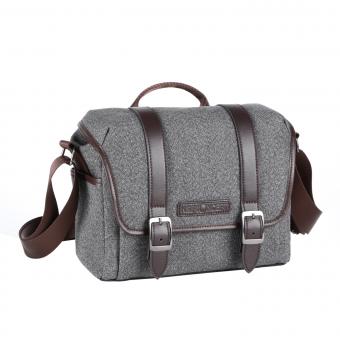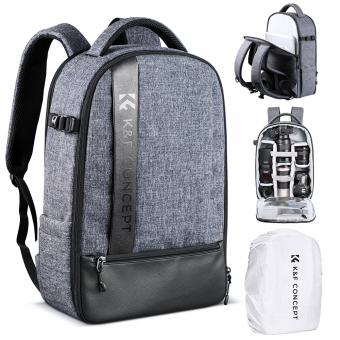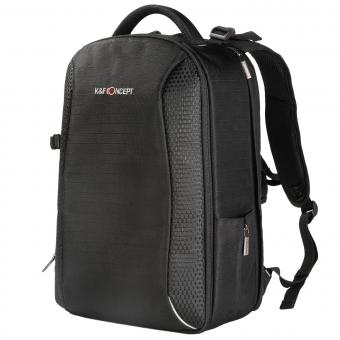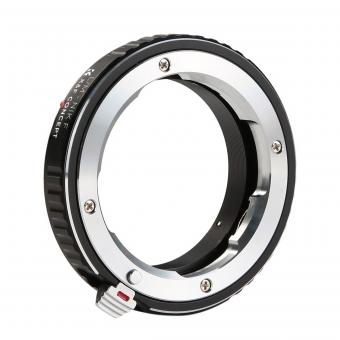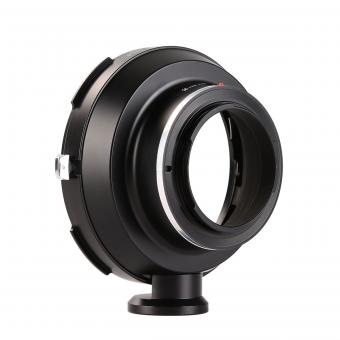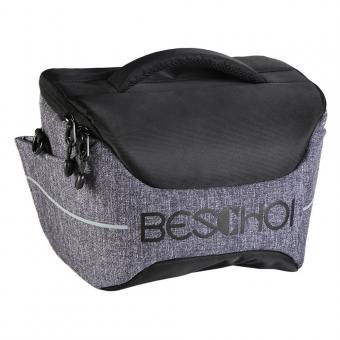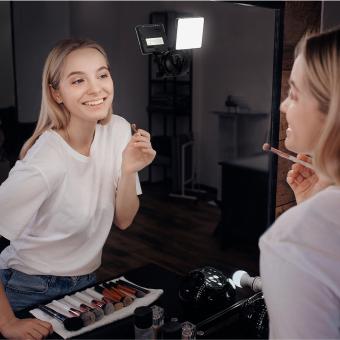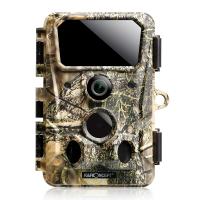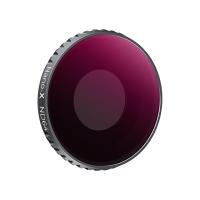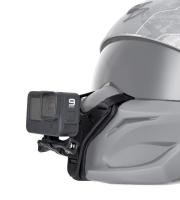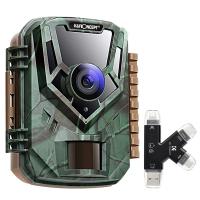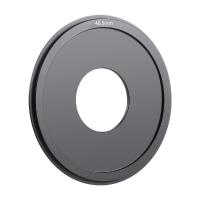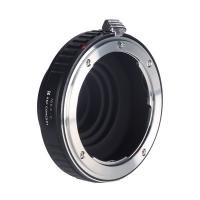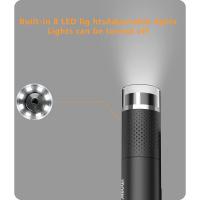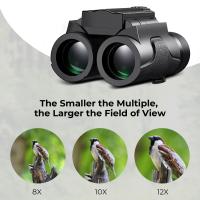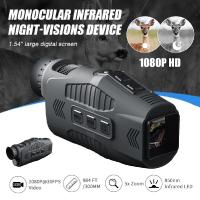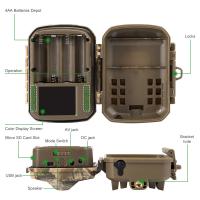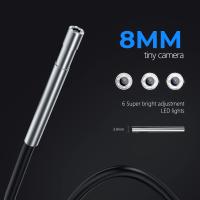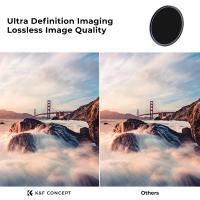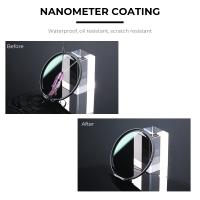What Nd Filter For Dslr Video ?
When choosing an ND filter for DSLR video, it is important to consider the specific needs of your shooting environment and desired effect. ND filters are used to reduce the amount of light entering the camera, allowing for wider apertures and slower shutter speeds. The most commonly used ND filters for DSLR video are the variable ND filters, which offer adjustable light reduction levels. These filters allow you to easily control the amount of light entering the camera by rotating the filter. Another option is to use fixed ND filters, which come in different light reduction levels (such as ND2, ND4, ND8, etc.). Fixed ND filters are often preferred for their consistent light reduction and better image quality. Ultimately, the choice of ND filter depends on your shooting conditions and creative preferences.
1、 Neutral Density (ND) Filter Basics for DSLR Video
Neutral Density (ND) filters are essential tools for DSLR video shooting, as they allow you to control the amount of light entering the camera without affecting the color or quality of the image. They are particularly useful in situations where you need to shoot in bright conditions or achieve specific creative effects.
When choosing an ND filter for DSLR video, there are a few key factors to consider. Firstly, you need to determine the strength of the filter, which is measured in stops. The higher the number of stops, the darker the filter and the more light it blocks. Common strengths range from 1 stop to 10 stops, with 3-stop and 6-stop filters being popular choices for video shooting.
Another important consideration is the size of the filter. It should match the diameter of your lens, so make sure to check the lens specifications before purchasing. Additionally, you may want to invest in a filter system that allows you to use the same filter across multiple lenses, as this can save you money in the long run.
In terms of the latest point of view, there have been advancements in ND filter technology. Some filters now feature a variable ND design, which allows you to adjust the strength of the filter by rotating it. This can be particularly useful in situations where the lighting conditions change frequently, as it eliminates the need to switch between different filters.
Furthermore, there are now ND filters specifically designed for shooting in high dynamic range (HDR) video. These filters are capable of reducing the dynamic range of the scene, allowing you to capture more detail in both the highlights and shadows.
In conclusion, when choosing an ND filter for DSLR video, consider the strength and size of the filter, as well as any advancements in technology that may enhance your shooting experience.
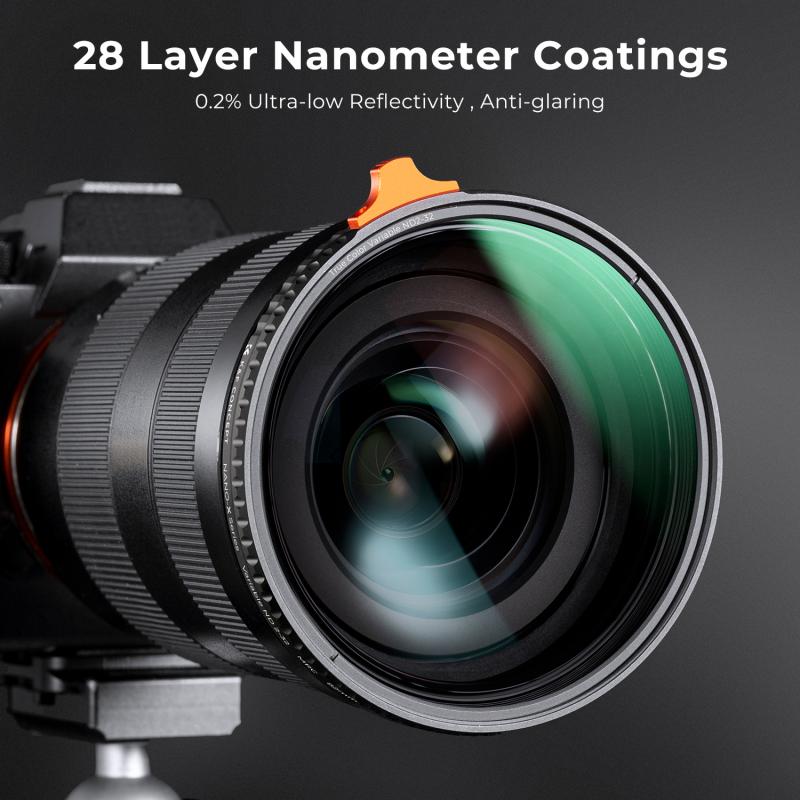
2、 Types of ND Filters for DSLR Video Shooting
When it comes to DSLR video shooting, using an ND filter is essential for achieving the desired exposure and creative control over your footage. ND filters, or Neutral Density filters, are designed to reduce the amount of light entering the camera without affecting the color or quality of the image. This allows you to use wider apertures or slower shutter speeds in bright conditions, resulting in more cinematic and professional-looking videos.
There are various types of ND filters available for DSLR video shooting, each with its own advantages and applications. The most common types include:
1. Screw-on ND Filters: These are the most straightforward and commonly used filters. They screw directly onto the front of the lens and come in different densities, such as ND2, ND4, ND8, etc. They are easy to use and provide a cost-effective solution for beginners or casual videographers.
2. Variable ND Filters: These filters offer adjustable density, allowing you to dial in the desired amount of light reduction by rotating the filter. They are versatile and convenient, as they eliminate the need to carry multiple filters of different densities. However, some variable ND filters may introduce color casts or image quality degradation, so it's important to invest in a high-quality one.
3. Square/Rectangular ND Filters: These filters are larger in size and require a filter holder system to attach them to the lens. They offer more flexibility as they can be stacked or combined with other filters, such as graduated ND filters or polarizers. They are popular among professional videographers who require precise control over their footage.
It's worth noting that the latest trend in ND filters is the introduction of hybrid filters, which combine ND and polarizing capabilities in one filter. These filters allow you to reduce light and control reflections simultaneously, providing more creative possibilities in challenging shooting conditions.
In conclusion, choosing the right ND filter for DSLR video shooting depends on your specific needs and budget. Whether you opt for a screw-on, variable, or square filter, investing in a high-quality filter is crucial to maintain the image quality and achieve professional results.
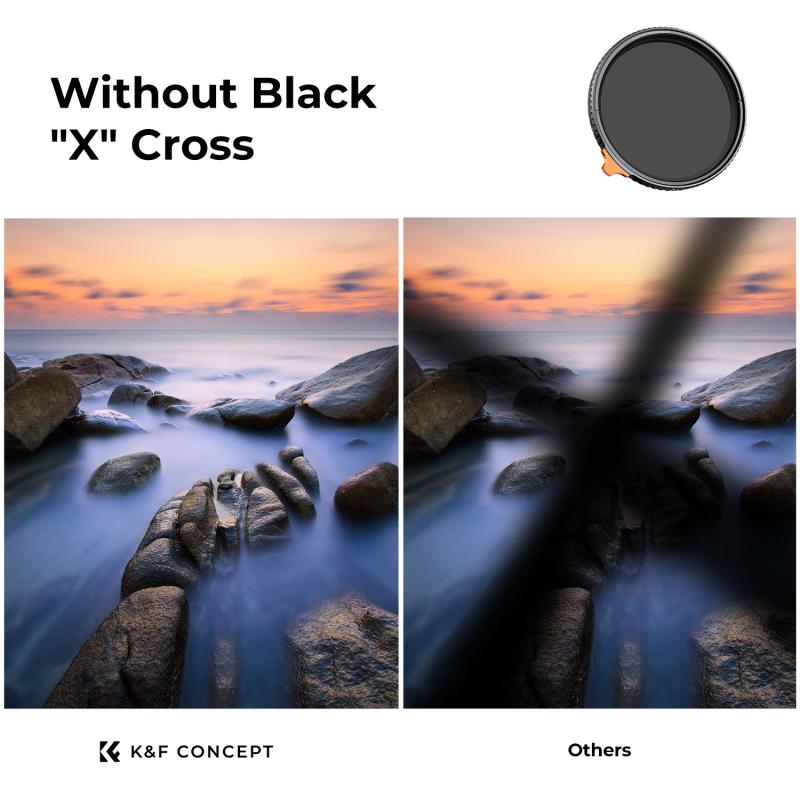
3、 Choosing the Right ND Filter Strength for DSLR Video
Choosing the right ND filter strength for DSLR video is crucial for achieving the desired exposure and creative effects. ND filters, or neutral density filters, are essential tools for controlling the amount of light that enters the camera sensor. They are particularly useful in video production, where maintaining a consistent shutter speed and achieving a shallow depth of field are important.
The strength of an ND filter is measured in stops, indicating the amount of light it blocks. Common ND filter strengths range from 1 stop to 10 stops or more. The choice of ND filter strength depends on the shooting conditions and the desired creative effect.
For bright outdoor conditions, such as shooting in direct sunlight, a higher ND filter strength is recommended. A 6-stop or 10-stop ND filter can help reduce the amount of light entering the camera, allowing for a wider aperture and slower shutter speed. This creates a shallow depth of field and smooth motion blur, ideal for cinematic shots.
In low-light situations or when shooting indoors, a lower ND filter strength, such as a 1-stop or 2-stop filter, may be sufficient. This allows for a wider aperture and faster shutter speed, ensuring proper exposure without overexposing the image.
It is important to note that the choice of ND filter strength also depends on the camera's ISO sensitivity and the desired look of the video. Some filmmakers prefer to slightly overexpose their footage and adjust the exposure in post-production, while others aim for a perfectly exposed image in-camera.
In recent years, variable ND filters have gained popularity among DSLR videographers. These filters allow for adjustable ND strength, providing flexibility in various lighting conditions without the need to carry multiple filters. However, it is important to choose a high-quality variable ND filter to avoid any color shifts or loss of image quality.
Ultimately, the choice of ND filter strength for DSLR video depends on the shooting conditions, desired creative effect, and personal preference. Experimenting with different strengths and understanding their impact on exposure and image quality will help videographers make informed decisions.
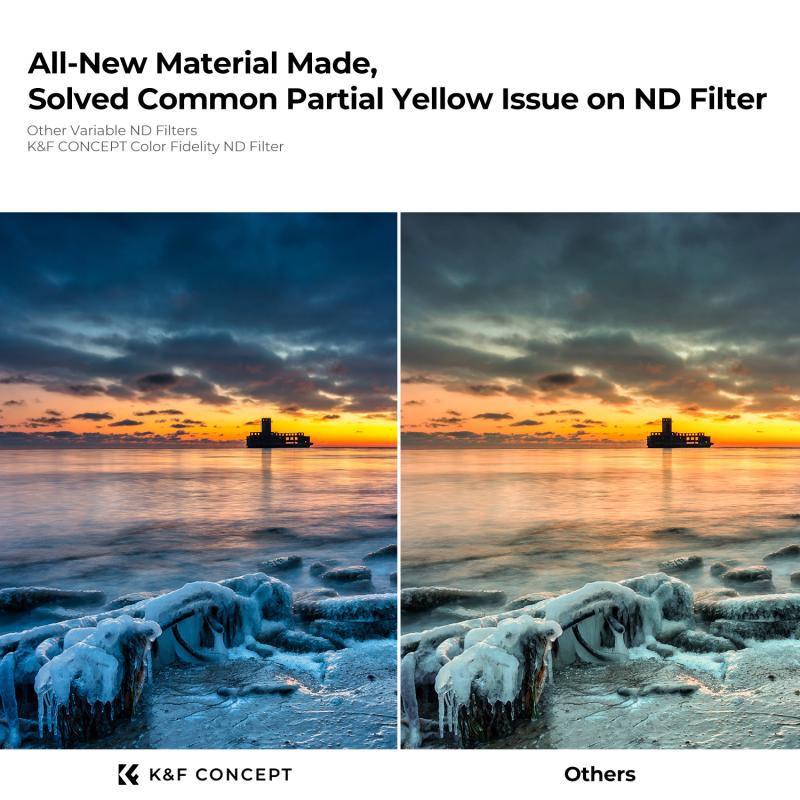
4、 ND Filter Compatibility and Mounting Options for DSLR Video
When it comes to shooting video with a DSLR, using an ND filter is essential for achieving proper exposure and maintaining control over your depth of field. ND filters, or neutral density filters, reduce the amount of light entering the camera without affecting the color or quality of the image. This allows you to use wider apertures or slower shutter speeds in bright conditions, resulting in more creative control over your footage.
When choosing an ND filter for DSLR video, there are a few factors to consider. Firstly, you need to ensure that the filter is compatible with your lens. Most filters come in a variety of sizes or have step-up rings available to fit different lens diameters. It's important to check the filter thread size of your lens before purchasing an ND filter.
Another consideration is the density of the filter. ND filters come in different strengths, usually measured in stops. Common options include ND2, ND4, ND8, and ND16, with higher numbers indicating greater light reduction. The choice of density depends on the shooting conditions and the desired effect. For example, a higher density filter may be necessary for shooting in bright sunlight, while a lower density filter may be sufficient for slightly reducing light in overcast conditions.
Mounting options for ND filters vary depending on the brand and type of filter. Some filters are screw-on, which means they attach directly to the front of the lens. Others are square or rectangular and require a filter holder system. The advantage of a filter holder system is that it allows you to use multiple filters simultaneously and easily adjust their positioning.
In recent years, there has been a rise in popularity of variable ND filters. These filters offer adjustable density, allowing you to dial in the desired amount of light reduction. They are convenient for video shooting as they eliminate the need to carry multiple filters and can be adjusted on the fly.
In conclusion, when choosing an ND filter for DSLR video, it is important to consider compatibility with your lens, the desired density, and the mounting options available. The latest point of view suggests that variable ND filters are becoming increasingly popular due to their convenience and versatility. However, the choice ultimately depends on your specific shooting needs and preferences.



